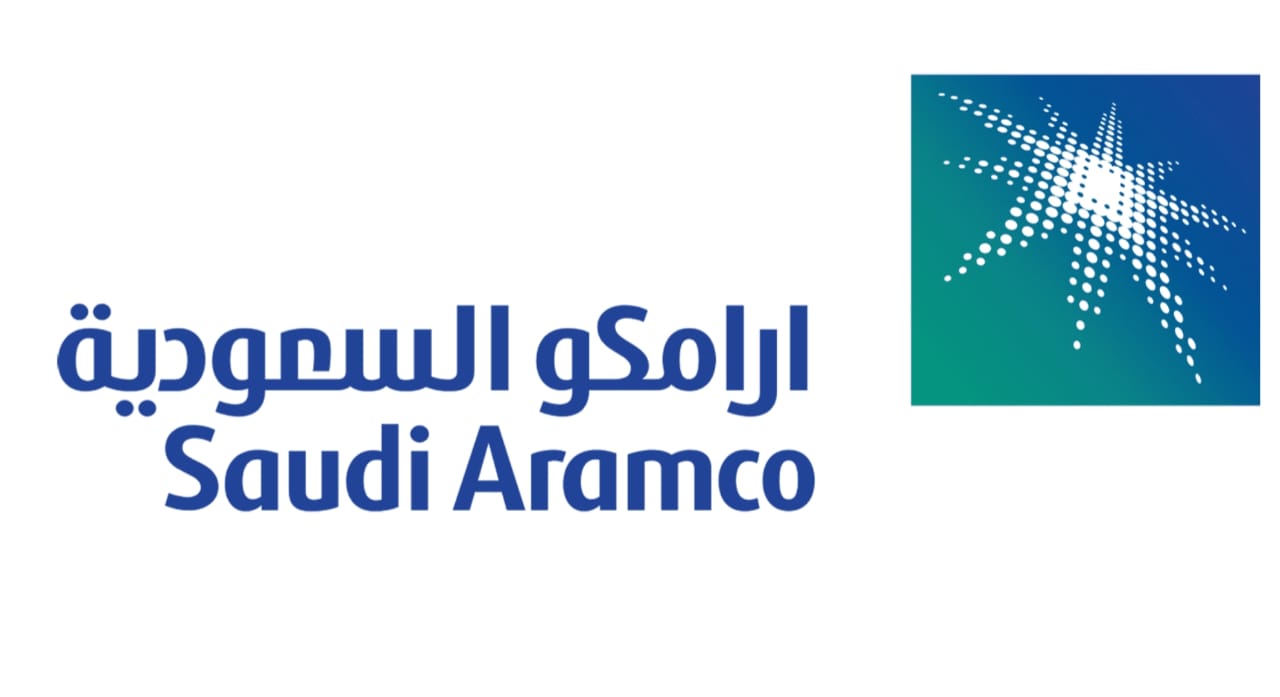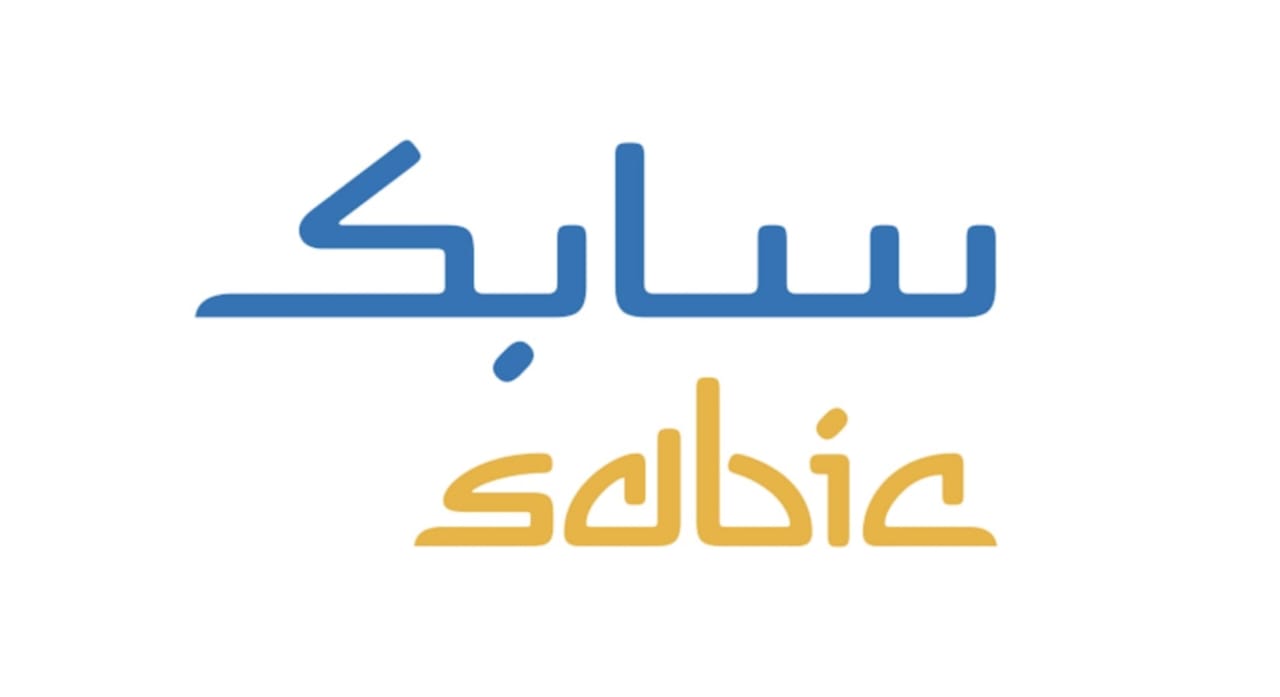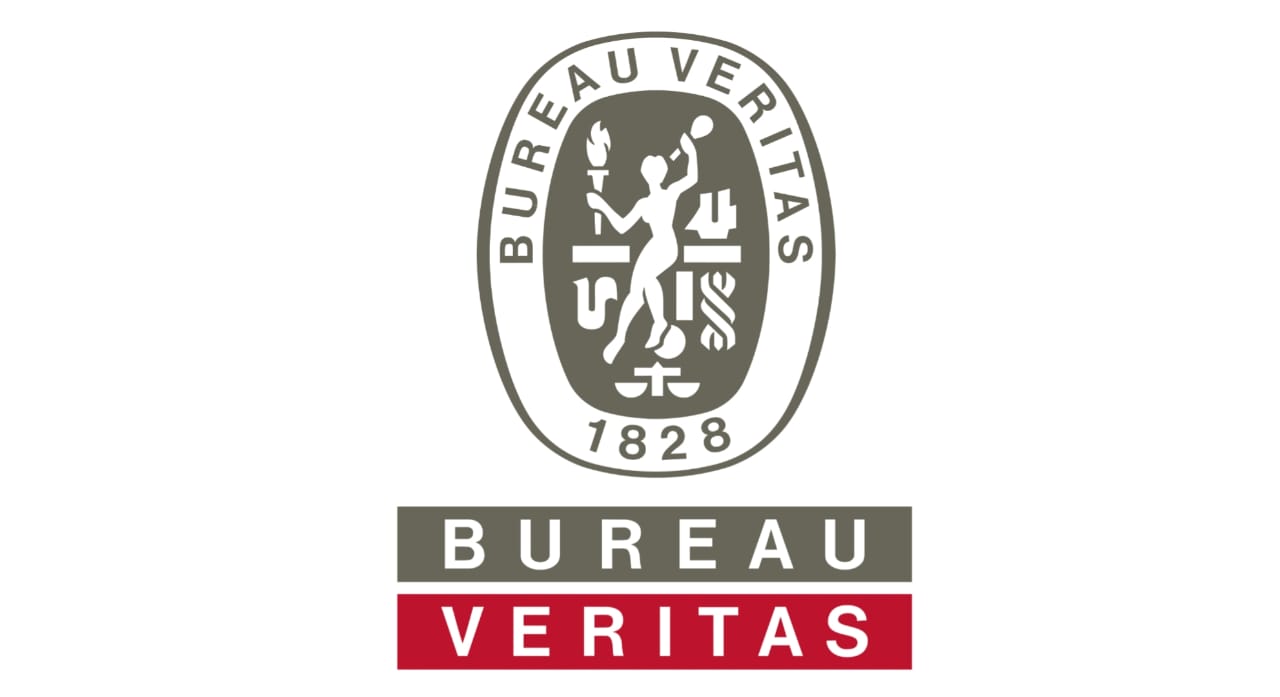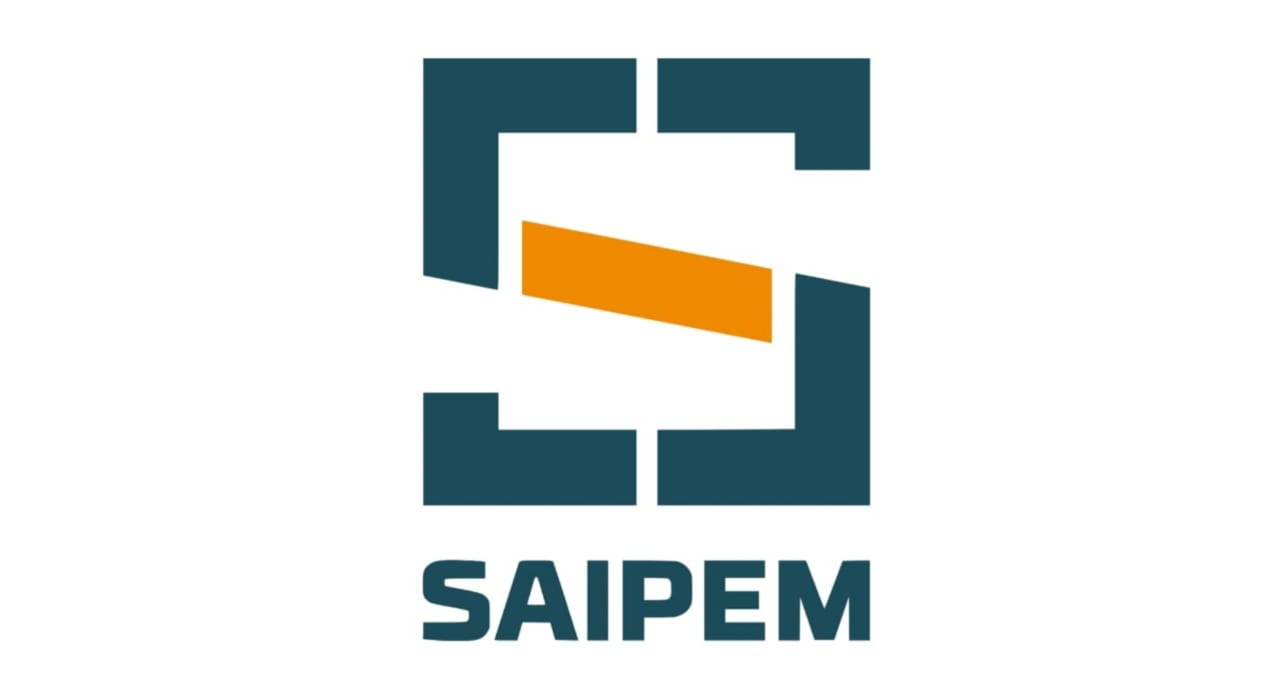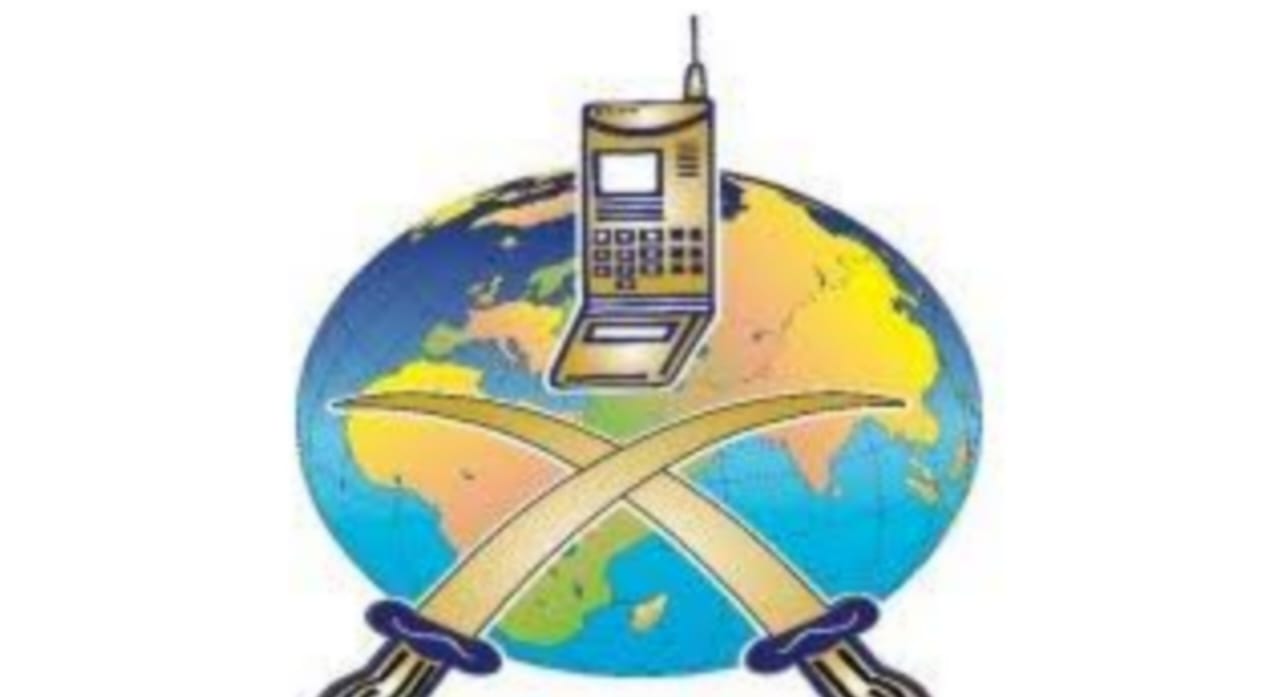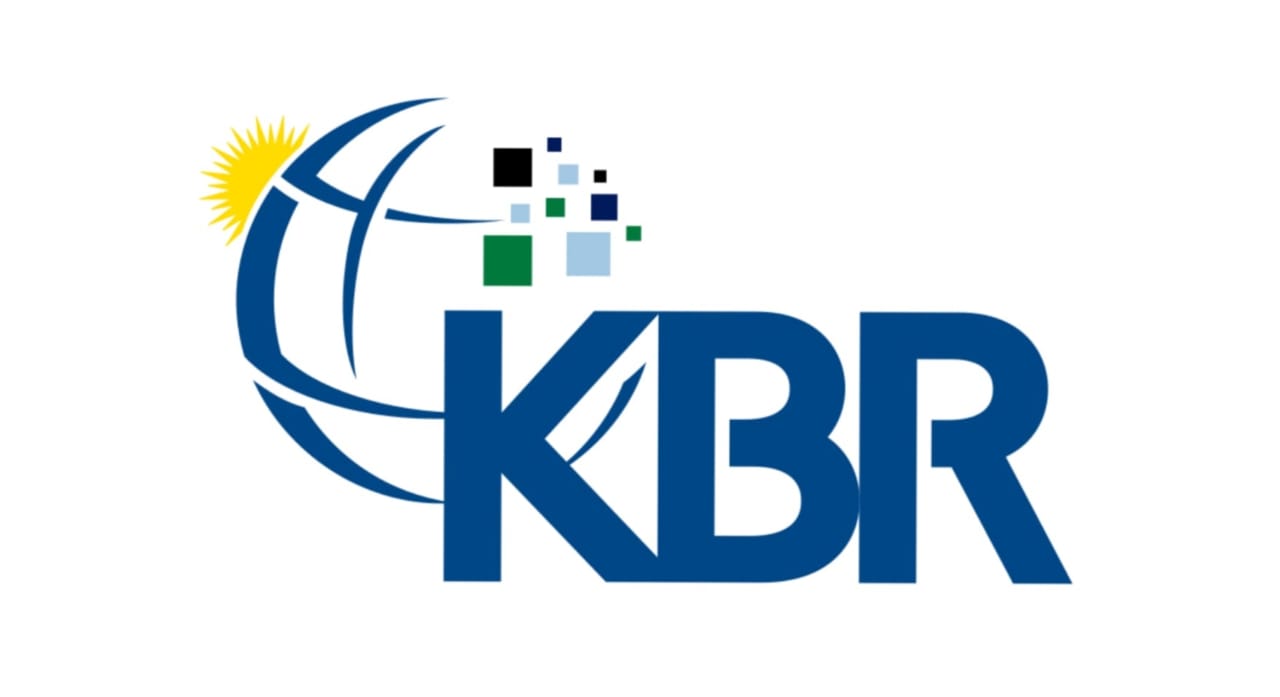Enhancing Maritime Security: The Critical Role of Radar Surveillance in Global Waters
The essential role of maritime radar surveillance in enhancing global security, detecting threats, and ensuring safe navigation across the world’s oceans. It highlights radar's impact on maritime safety, traffic control, and the detection of illicit activities.
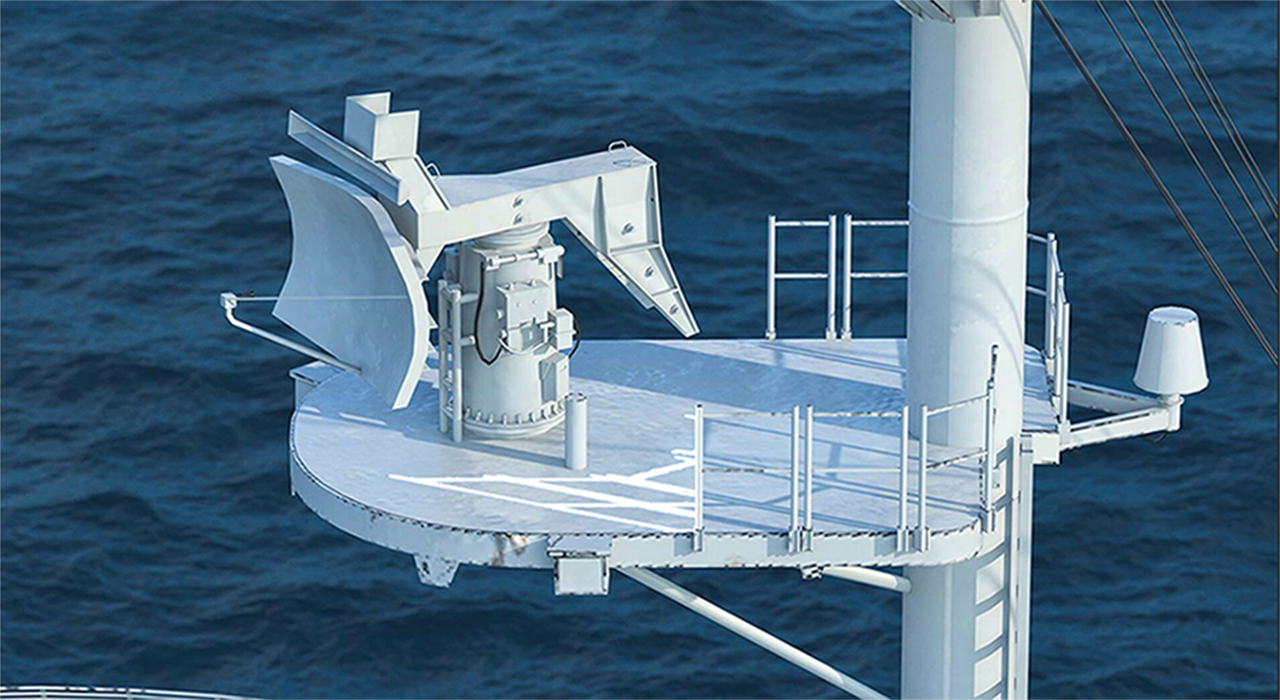
Enhancing Maritime Security: The Critical Role of Radar Surveillance in Global Waters
Maritime radar surveillance is a cornerstone of modern security operations, providing crucial capabilities for monitoring and protecting the world’s oceans. By using electromagnetic waves, radar systems detect and track vessels, offering real-time intelligence that is vital for identifying illicit activities such as piracy, illegal fishing, and smuggling. Radar technology also supports the safe navigation of ships by monitoring traffic in crowded or remote waters, ensuring the protection of international trade routes and maintaining control over territorial waters. As a result, radar systems have become indispensable tools for maritime authorities, helping to enhance security, safety, and operational efficiency.
Radar works by emitting electromagnetic waves that bounce off objects, such as ships or land masses, and return to the system, allowing it to measure their distance, direction, and speed. These systems are essential for maritime surveillance as they provide continuous monitoring of vast oceanic expanses. By analyzing the returned waves, radar systems provide authorities with detailed information about the size and movement of detected objects, helping them assess potential threats or suspicious activity. In addition, radar data is often integrated with other technologies, like Automatic Identification Systems and satellite tracking, to provide a comprehensive view of maritime activity and enhance situational awareness.
Maritime radar systems are used for a variety of security applications, such as detecting and tracking vessels over great distances, which is crucial for controlling maritime traffic and preventing unauthorized entries into restricted zones. Radar technology also plays an important role in Maritime Domain Awareness enabling authorities to detect illicit activities such as smuggling and human trafficking. In addition, radar systems are vital for search and rescue operations, helping to pinpoint the location of distress signals, locate missing vessels, and guide rescue teams to emergency situations. The integration of radar systems with satellite imagery and infrared cameras further enhances the ability to track maritime movements in real-time, contributing to a safer and more secure maritime environment.
Advanced radar systems, including phased-array radars and Synthetic Aperture Radar, provide enhanced capabilities for specific surveillance needs. Phased-array radar offers continuous coverage and can quickly scan large areas, making it ideal for monitoring fast-moving vessels or large maritime zones. SAR systems generate high-resolution images, allowing authorities to detect small vessels or objects even in challenging weather conditions. Long-range radar systems are also used to track vessels over extended distances, ensuring global maritime security. To improve coordination and effectiveness, international organizations, such as the International Maritime Organization, play a key role in sharing radar data and fostering collaboration among nations. As maritime security challenges evolve, the continued advancement of radar technologies and international cooperation will be crucial in safeguarding the world’s oceans and ensuring safe maritime navigation.
